For Earth Day, I contemplated all kinds projects to do with the boys and share here. But honestly, between Easter, spring break, work, and everything else, there wasn’t time to volunteer for an Earth Day event, pick up garbage at our local park, or even encourage the boys to draw an environmentally-friendly plan for our house.
Then I looked out the window and saw our beautiful tree was blooming.
And the daffodils were were smiling the backyard.
While Earth Day is about protecting and restoring our planet, it is also a day for loving it. For our little ones, this might be the most important activity of all.
After all, when you love something, you take care of it.
So if you’re struggling to find the right activity or simply the time to do one, go outside! Observe and explore nature.
Look for the things you’ve read about in your spring books. Maybe you’ll take a nature walk like Allie and the girls did this fall.
Maybe you’ll plant flowers like the boys did.
Whatever it is, enjoy the Earth and all the beauty it offers, especially at this time of year. Ask your children what they find beautiful. Helping them to see the wonders of nature will instill in them a love of nature. Then you can talk about the importance of taking care of the Earth so that those things are always there.
50 Simple Things You Can Do to Save the Earth
After your kids enjoy the beauty and wonder of nature, at bedtime you can read about how to take care of the Earth. There are numerous books on the topic. But my favorite is one I read when I was a younger—an informative, how-to book that makes the taking care of the Earth manageable—50 Simple Things You Can Do to Save the Earth.
The boys are a little young to read this on their own. It’s mostly text with a few black-and-white-line drawings. But it explains everything in small, bite-size chunks. Perfect for reading aloud to your kids.
Each of the 50 things your kids can do starts with a quiz. For example, “How many times can one aluminum can be recycled? A) Never B) Just once C) Again and again and again”
It goes on to explain more about the topic including some interesting facts. You and your kids will find realistic and manageable ideas for “What You Can Do” in general, at home, and at school. There’s even suggestions to “Amaze Your Friends.”
The boys and I were proud to see we were already doing some of the things suggested:
- Recycling as much as we can
- Limiting our use of plastic water bottles by drinking from reusable water bottles
- Passing on the clothes and toys we no longer need instead of throwing them away
But there are many more things we can try. If your kids are too young from this book, definitely add it to your Wish List for the future and considering some of our other finds.
Informational Picture Books for Earth Day
For a 
Gail Gibbons, our go-to author for nonfiction, has one—Recycle!. Though an older copyright, many facts are still true. She explains why we should recycle and how different materials—paper, glass, cans, plastic—are recycled. It does a nice job of simplifying the concepts for kids.
For a newer title, published this year, try Jimmy’s Gone Green: How to Take Care of the Earth and Keep the Environment Clean by Kathy Cane, illustrated by Tracy La Rue Hohn (only available as an eBook). This award-winning book with rhymes and colorful illustrations helps children ages 4 to 8 be more environmentally conscious. It offers 10 simple steps kids can take to help protect the environment.
And it is bigger than a book. Jimmy’s Gone Green is a foundation dedicated to promoting environmental awareness and conservation in young children. Check it out on Facebook.
Saving the Earth is also a popular topic for early reader series. At our library, we found the Caring for the Earth series from Capstone. There are five books in the set—Let’s Recycle!, Let’s Reduce Garbage!, Let’s Reuse!, Let’s Save Energy!, and Let’s Save Water!. At an early-first-grade reading level, the books explain the topic in a way kids will understand. Each also include a table of contents, glossary, index, and even a way to learn more at FactHound.com.
Our Favorite Characters Celebrate Earth Day, Too
If your children want to learn how to help the Earth from a familiar face, nearly all the well-known children’s book series have books about Earth Day.
Our favorite is Arthur Turns Green by Marc Brown. Our favorite aardvark is literally turning green and acting oddly. D.W. is very suspicious! No worries. His green hands are from the poster he’s creating showing all the ways to save energy in their home.
We also like Fancy Nancy: Every Day Is Earth Day. Not only do we learn new vocabulary with Nancy’s fancy words, but it shows you can get overzealous. While taking care of the Earth is a terrific goal, it is important to remind our kids that there are times we need electricity even if it seems wasteful. For example, a nightlight to help your sibling sleep through the night. Thanks to Jane O’Connor for making this important point.
To see how other beloved characters celebrate Earth Day or help the Earth, check out:
- The Berenstain Bears Don’t Pollute (Anymore) and Go Green
- The Magic School Bus Inside the Earth
- Little Critter’s It’s Earth Day
- Clifford’s Spring Clean Up
- Dr. Seuss’s The Lorax
Go Beyond Reading
The obvious “Beyond Reading” activity is help the Earth in some way. You can take this to any level. Once you and your kids read a book or article about Earth Day, discuss what you’re going to do to help the Earth. Here are some ideas:
- As a family, commit to doing one thing better for the Earth. It could be turning off the lights when you’re done with them. Or doing a better job of recycling. To help, create a tracking system and maybe suggest a family reward.
- Make an Earth Day plan for your home. Like Arthur, have your kids make a plan of all the things they can do around the house to use less energy. Then discuss how they can make their plan a reality. Maybe they can make it a contest to see who can stick to the plan each day.
- Get Involved. Look for opportunities to help the Earth beyond your home. It could be something you and your kids do on your own like pick up trash at your local park. Or it could be more organized. See Earth Day Network for options.
Most importantly, try to think about how to take care of the Earth beyond Earth Day. Put one of these books on your reading list each month. Or read a chapter of 50 Simple Things You Can Do to Save the Earth each month. Sadly, it is easy to forget when we don’t see a problem in front of our eyes. But our kids’ kids may not be that lucky if we don’t do something.
Whether you get inspiration from Mother Nature or one of these book, do a big conservation project or adopt one new Earth-friendly habit, we hope our ideas have help you do something. Inspire us by sharing what you do!

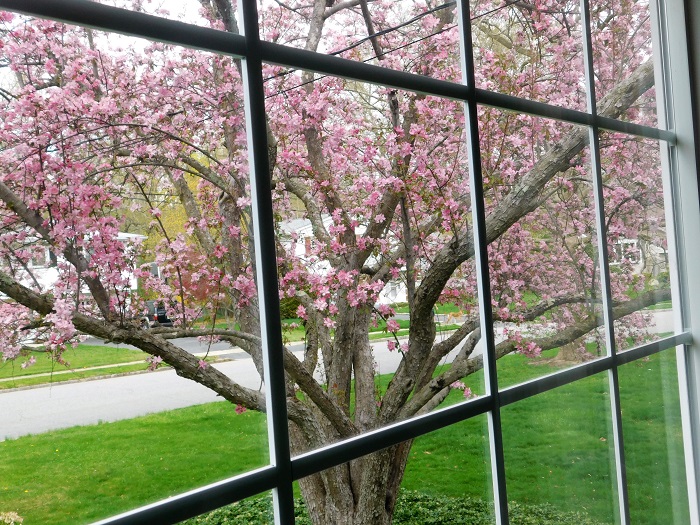

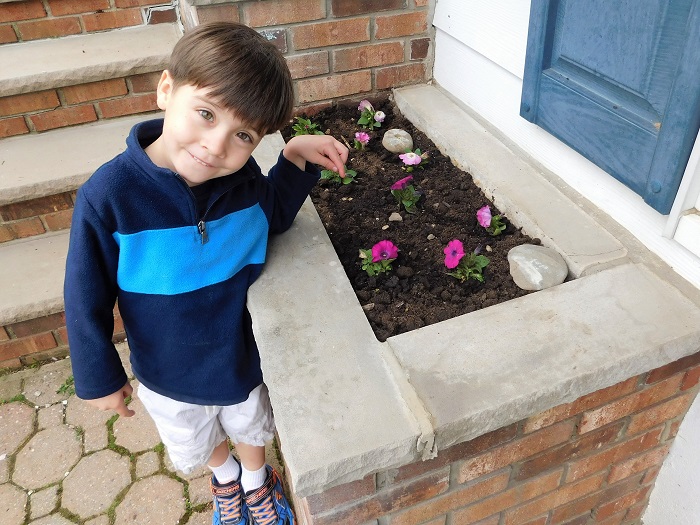

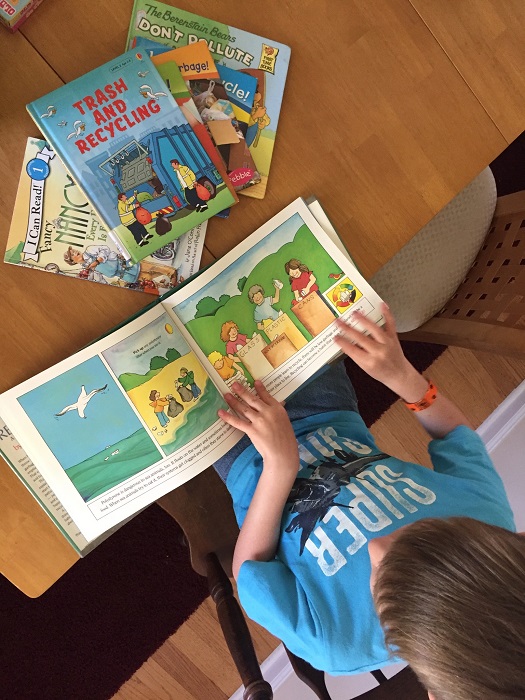



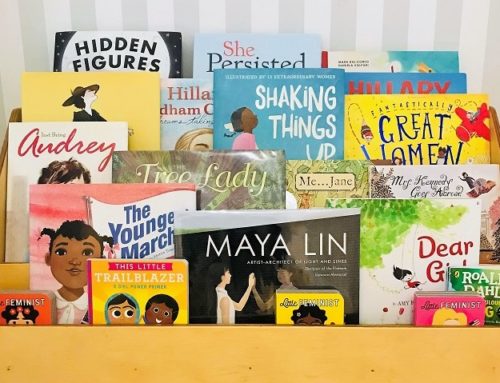
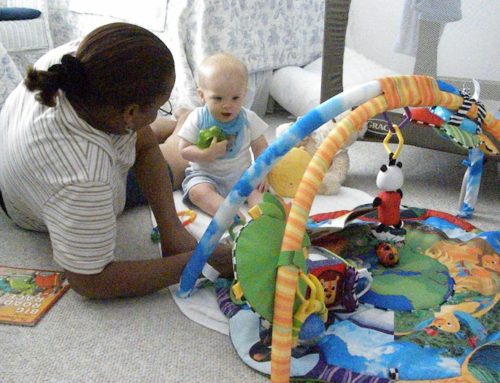

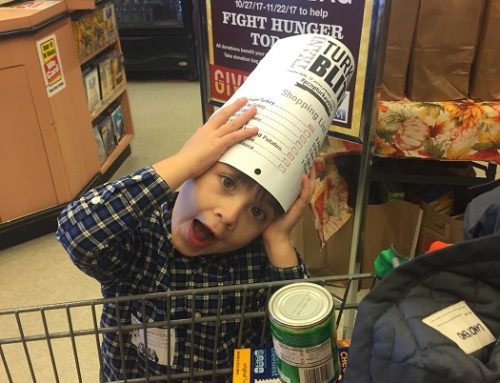
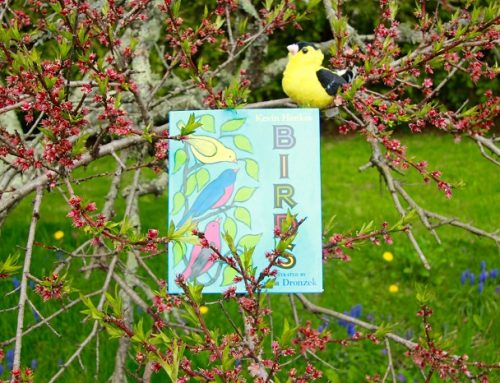



Leave A Comment